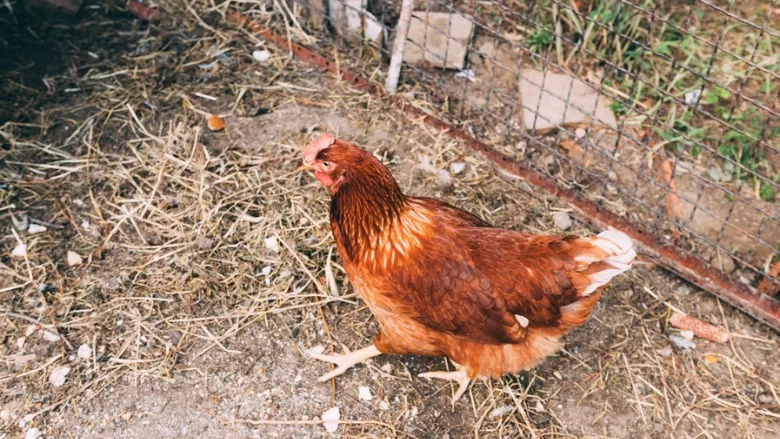Significant AMR Found in Campylobacter From East African Poultry and Humans

Image credit: Freepik
In one of the largest-ever studies using whole genome sequencing (WGS) to characterize Campylobacter in Africa, antimicrobial resistance (AMR) was identified in 75 percent of human and poultry isolates from Tanzania and Kenya.
Consumption of chicken meat is an important contributor to human campylobacteriosis in sub-Saharan Africa. At the same time, the use of WGS is increasing worldwide to inform foodborne pathogen control strategies, but, at present, very few WGS analyses of Campylobacter in Africa exist, and even fewer involve the comparison of human and poultry isolates.
A recent study published in the U.S. Centers for Disease Control and Prevention’s (CDC’s) Emerging Infectious Diseases aimed to fill this knowledge gap while also gaining a better understanding of how campylobacteriosis from poultry contributes to the rise of AMR. The study integrated data acquired from sampling conducted on poultry farms in Tanzania and at clinics across Kenya—countries in which there is a high prevalence of AMR among C. jejuni and C. coli human and poultry isolates. Campylobacter isolates were subjected to WGS analysis and antimicrobial susceptibility testing, from which the researchers identified similarities and differences between isolates from human clinical cases and chicken farms.
The researchers isolated Campylobacter from 56 (8.6 percent) of 649 chicken cloacal swab specimens. A total of 178 C. jejuni and C. coli isolates from both human patients (81) and poultry samples (97) were confirmed and subjected to WGS and antimicrobial susceptibility testing. C. coli comprised six (7.4 percent) of 81 human isolates and 18 (18.6 percent) of 97 poultry isolates; C. jejuni made up the remaining isolates.
AMR was detected in a vast majority of both human and poultry isolates—approximately 75 percent—with a higher prevalence of multidrug resistance in poultry isolates (2.5 percent) than human isolates (more than 40 percent). Resistance to tetracyclines, fluoroquinolones, and sulphonamides was especially common. Additionally, significant genetic similarity between human and poultry Campylobacter isolates was observed, with many isolates representing previously unreported sequence types (STs).
Also noted was great diversity of STs, rather than just a few STs dominating the majority of isolates. A total of 78 STs were identified, 27 of which have previously been isolated from other countries in Africa and recorded on PubMLST (a public database for microbial genomic data).
Overall, the study demonstrated a “striking diversity” of Campylobacter in both humans and poultry, with some STs common to multiple farms or to both humans and poultry. The high prevalence of AMR in all isolates and MDR in poultry isolates, as well as the identification of many previously unidentified STs, highlights the need for ongoing investigation of foodborne enteric pathogens like Campylobacter in low-resource settings. The researchers call for greater use of WGS in surveillance systems, as well as a better understanding of the role of antimicrobial use and biosecurity measures as drivers of AMR, and improved governance of antimicrobial use in the food and healthcare sectors.
Looking for quick answers on food safety topics?
Try Ask FSM, our new smart AI search tool.
Ask FSM →









